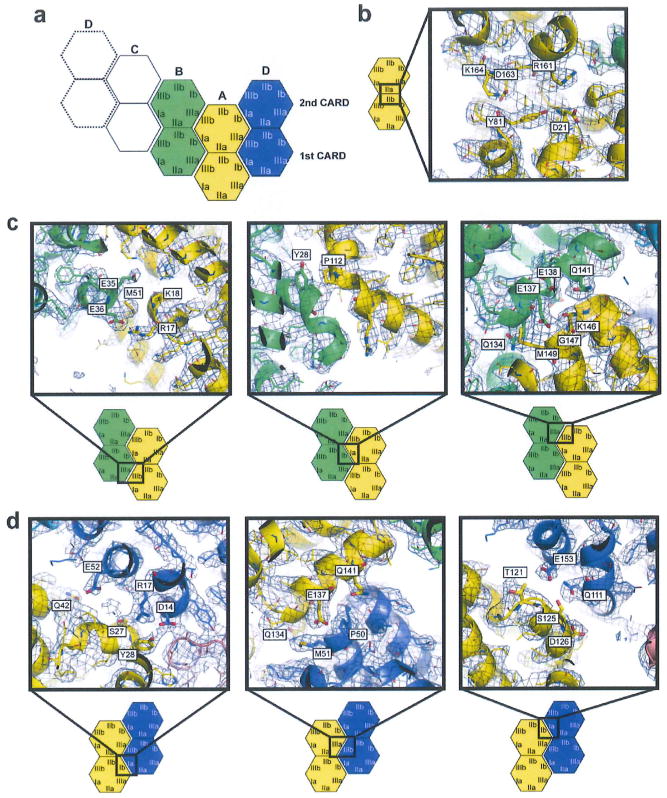Extended Data Figure 4. Detailed analysis of the 2CARD tetramerization interface.
Electron density map (2Fo-Fc) was contoured at σ = 0.9. A few residues at the interface were displayed as stick models with labels, a, Definition of the interaction surface type (same as in Fig. 1c). b, Intramolecular interaction between surface IIb and IIa of the first and second CARDs, respectively. c, Intermolecular interactions that repeat along the helical trajectory (A–B, B–C and C–D). Shown are the interactions between 2CARD(A) and (B), which are identical to those between (B) and (C), and between (C) and (D) (Extended Data Fig. 3c). These interactions involve three interfaces (shown in the left, middle and right panels). Each of these interfaces consists of a few (< 3–4) residues on each side of the molecules, suggesting that cooperativity of all three interactions might be important for the tetramer stability. The IIIa–IIIb interactions in the first and second CARDs (left and right panels) are more extensive than the Ia–Ib interaction (middle), and are in general electrostatic. Detailed interactions among the interface residues could not be unambiguously determined due to the limited resolution of the structure. d, Intermolecular interactions at the helical seam, which occurs only between 2CARD(D) and 2CARD(A). As with the interaction between 2CARD(A) and (B) (or between B and C, and between C and D along the helical trajectory), each of the three interfaces consists of a few (< 3–4) residues on each side of the molecules, and the IIIa–IIIb interaction is more extensive than either of the two Ia–Ib interactions. Note that IIIa of the second CARD interacts with IIIb of the first CARD at the helical seam, whereas it interacts with IIIb of the second CARD along the helical trajectory (c). This is despite the low level of conservation of IIIb between the first and second CARDs, and thus suggests plasticity in molecular interactions. Similarly, Ia of the second CARD also has two distinct interaction partners, that is, Ib of the second CARD at the helical seam and Ib of the first CARD along the helical trajectory (c). But in this case, Ia utilizes different residues (albeit in the same local area) to accommodate different interaction partners.

